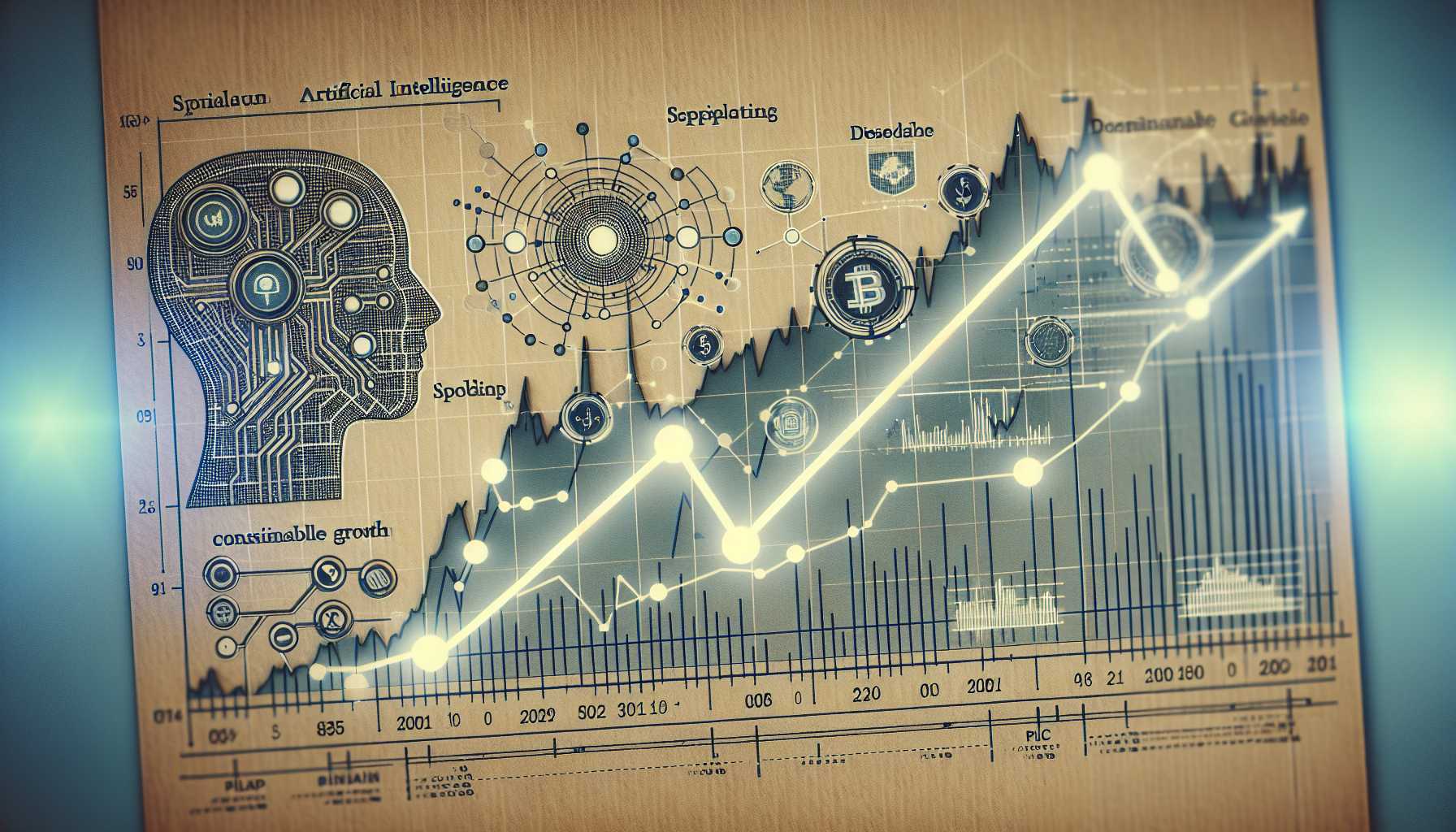The Elusive American Dream: A Sinking Middle Class?
The American Dream, an intrinsic part of the national ethos that fosters ideals of freedom and prosperity, appears to be wavering under economic pressure. As I pore through the lenses of various economic analysts and strategists, the emerging consensus seems grim—an erosion of what once defined American success grounded in financial independence, home ownership, and a sense of accomplishment.
Luke Lloyd’s commentary on Fox News’s “The Big Money Show” presents a metaphor of a sinking middle class juxtaposed with the lofty ascension of the uber-wealthy which captures the widening economic rift. Lloyd reminisces about a time in small-town Ohio where a $100,000 salary signified a life well-lived, but today barely scratches the surface of the essentials, let alone luxury or comfort. With almost 70% of Gen Z questioning their retirement potential and a startling number of Americans treading water above credit card debt, there are poignant echoes of concern amplifying alongside the Federal Reserve’s monetary policies—a complex interplay feeding into this unfolding narrative.
Bidenomics vs. American Innovation: The Role of AI and Regulation
Lloyd’s critique of the current economic measures, often referenced as Bidenomics, doesn’t overlook the nuances of the stock market or economic stability. Instead, he leans into American innovation and capitalism, pinpointing artificial intelligence (AI) as the comet blazing towards economic revolution. Given AI’s potential, the debate extends to inflationary pressures and job displacement; questions arise on how to steer this innovation towards prosperity for all, not just the privileged few.
As someone engrossed in tech advancements, AI stands as a twofold sword. On one side, its integration fuels employment opportunities within the tech industry and beyond. However, on the flip side, the lack of regulation can lead to economic disparity and job loss, reinforcing Lloyd’s sentiment. Hence, a delicate balance through sagacious governance and fair taxation is crucial for all classes to benefit from AI’s transformative power.
Investing Lenses Shift: From Gold to Farmland and Miami Rising as a New Financial Capital
Investment strategies are not immune to the tidal changes of economic sentiment. The shift from traditional safe-haven assets like gold to alternatives such as farmland highlights investors’ search for stability and inflation-proof returns. Additionally, Miami’s rise as a potential new financial hub underscores the dynamism of financial geography, prompting investment opportunities beyond the established Wall Street sphere. The new focus aligns with an expansion of investment horizons, accommodating a plethora of diverse and potentially rewarding options. This transition mirrors the economic developments and embodies American ingenuity—taking data and trends, analyzing them, and then adopting an investment strategy that capitalizes on emerging patterns.
The Magnificent Seven Driving Wall Street
On Wall Street, a septet of tech giants—Microsoft, Apple, Nvidia, Amazon, Alphabet, Meta Platforms, and Tesla—dubbed the “Magnificent Seven,” have been steering the market with their competitive edges and innovative moats. Their sustained contributions to industry and societal transformation through technologies like AI have been noteworthy. Alphabet, specifically, emerges as a compelling investment with its cloud services and dominant search engine. Here, as a tech enthusiast and investor, I find it captivating to witness tech giants not only contributing to the economic indices but also defining the technological zeitgeist. Their growth stories, especially in relation to AI, place these enterprises at the core of investment discussions, setting the stage for other businesses to harness AI’s benefits.
AI-Driven Market Surges: A Bubble or Sustainable Growth?
Nvidia has become synonymous with AI-driven market euphoria, with share prices soaring and earnings keeping up the pace. But is this indicative of a bubble set to burst or a genuine reflection of growth and earnings? Skeptics draw parallels with the dot-com bubble, raising alarms about potential replication. However, others argue the AI surge, unlike previous bubbles, is supported by concrete earnings growth and is merely enjoying its infancy. As a tech aficionado, I tend to lean toward cautious optimism. AI is not a fleeting trend; it’s a foundational shift in developing and delivering technology solutions. While unprecedented growth rates incite apprehension, the underlying value AI creates across sectors suggests enduring potential. The integration of AI into operations across industries heralds sustained innovation, although a leveled approach is prudent to evade the pitfalls of past bubbles.





